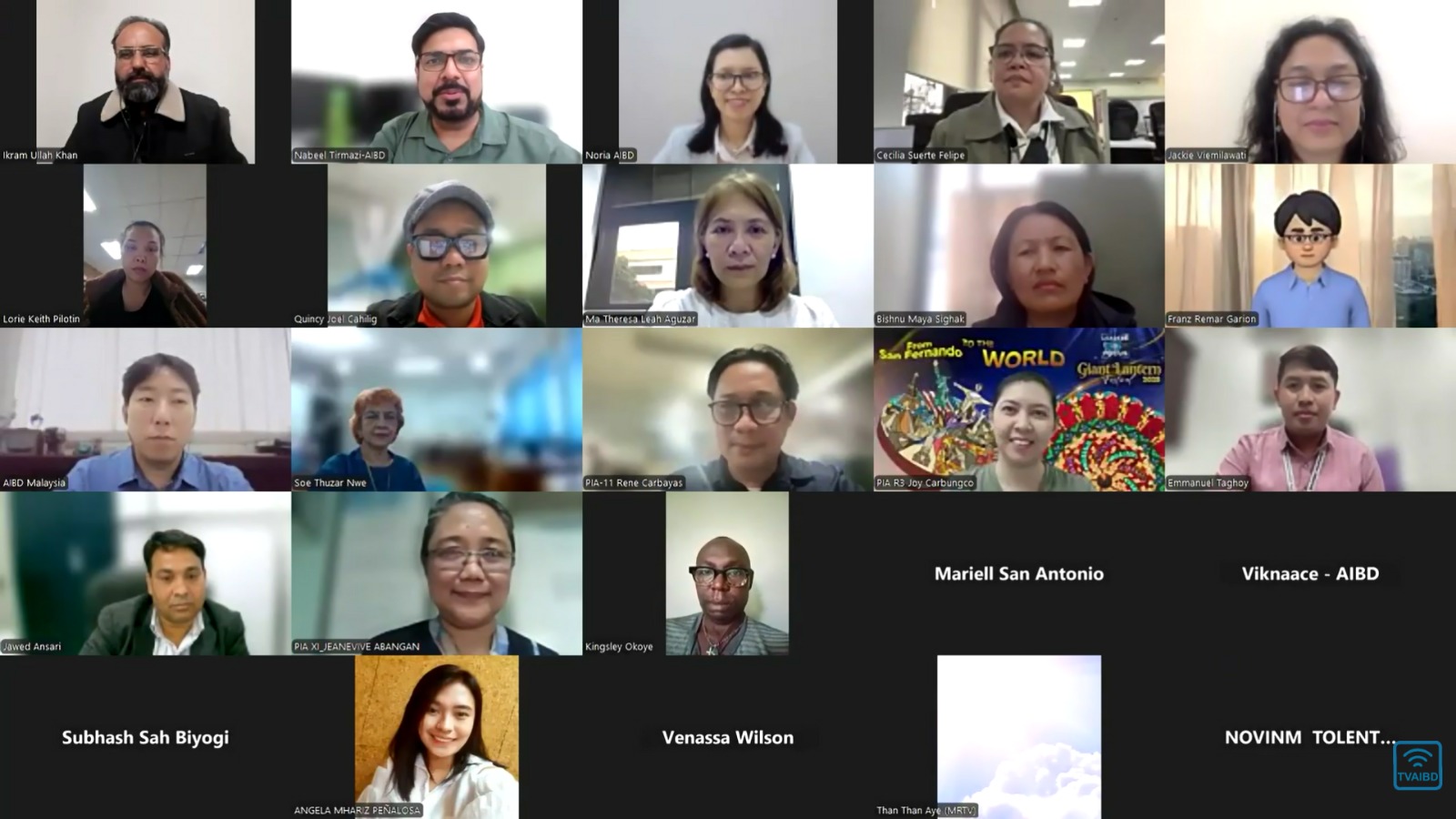
Strengthening media resilience at Asia Media Summit 2024
KUALA LUMPUR — The first day of the 19th Asia Media Summit 2024 featured an important session on “Strengthening Media Resilience” at BAC Spaces, Kuala Lumpur, Malaysia. Over 400 media practitioners from 42 countries attended, highlighting global interest in promoting sustainable and resilient media ecosystems in a rapidly changing world. The session explored approaches to strengthening media resilience against threats such as cybersecurity risks, digital disruption, and the mental health challenges facing media professionals. The session was moderated by Mr. Phil Vinciullo, Managing Director, Ramp Media, Australia.

The session began with Ms. Hemini Mehta from the European Broadcasting Union (EBU), who emphasized the role of public service media (PSM) in educating, informing, and entertaining. Mehta stressed the resurgence of PSM during the pandemic, noting its vital role as a trusted information source. She also highlighted challenges such as shrinking budgets and an increasing remit, underscoring the need for resilient infrastructures and business continuity strategies. Mehta called for collaboration among broadcasters and emphasized the importance of regular security testing to safeguard infrastructure.

Mr. Kishore Babu, from the International Telecommunication Union (ITU), followed with a discussion on the role of telecommunications in media resilience. He outlined the ITU’s 2024-2027 strategic plan, focusing on universal connectivity and sustainable digital transformation. Babu stressed the importance of spectrum management, capacity building, and regional collaboration, particularly in rural areas where digital infrastructure remains fragile. He also highlighted initiatives such as regional studies, global standard symposiums, and master classes on resilience and cybersecurity.

The psychological toll on journalists was another significant focus, with Professor Kasi Sekar from the National Institute of Mental Health and Neurosciences (NIMHANS) addressing mental health challenges. Dr. Sekar noted that high levels of stress and mental health issues are prevalent among media professionals, particularly in disaster reporting contexts. He called for organizational interventions, such as improved communication, stress management training, and the development of positive workplace environments to support journalist well-being.
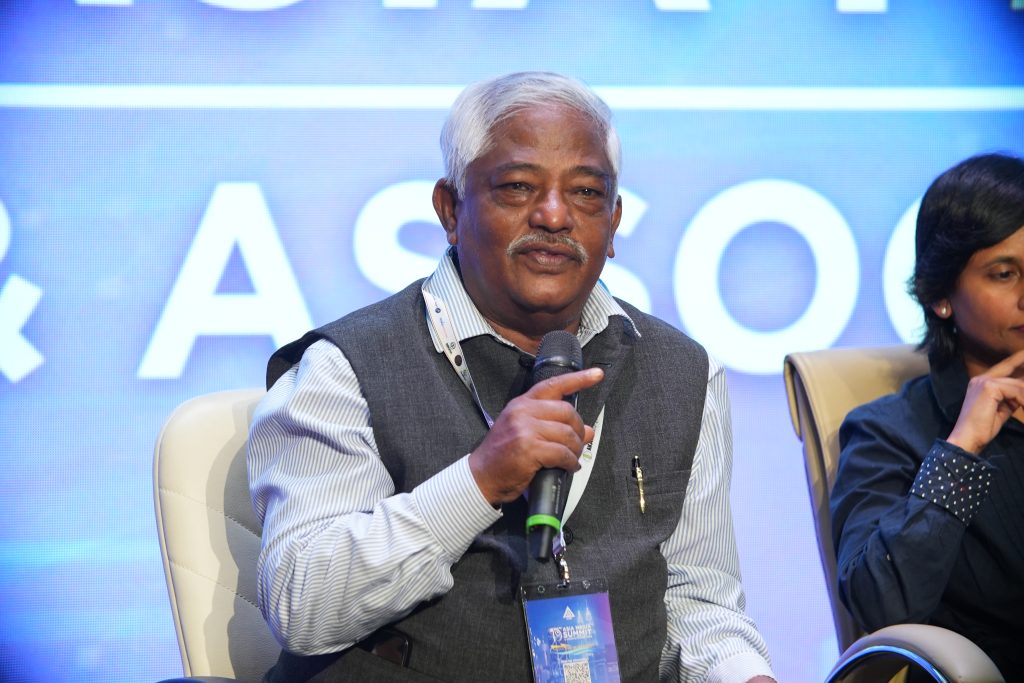
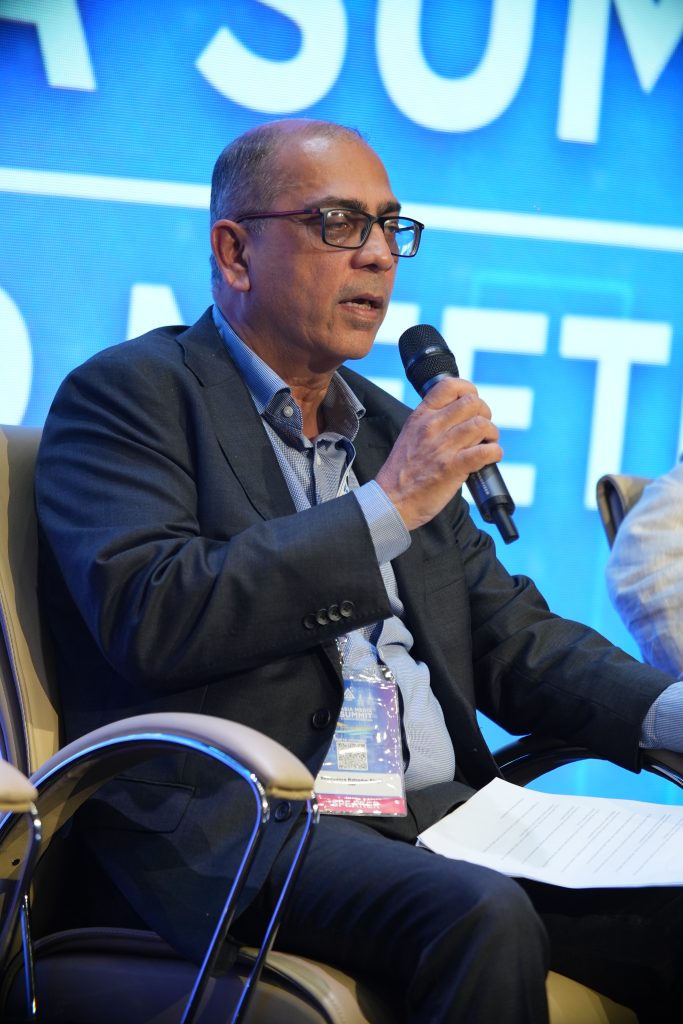
The session also spotlighted media resilience challenges in the Pacific, with Dr. Shalendra Bahadur Singh from the University of South Pacific discussing the vulnerability of small media organizations in the region. Singh highlighted issues such as low profit margins, high staff turnover, and limited advertising revenue. He proposed solutions like government subsidies and incentives to retain journalists, emphasizing that resilience starts with improving working conditions.
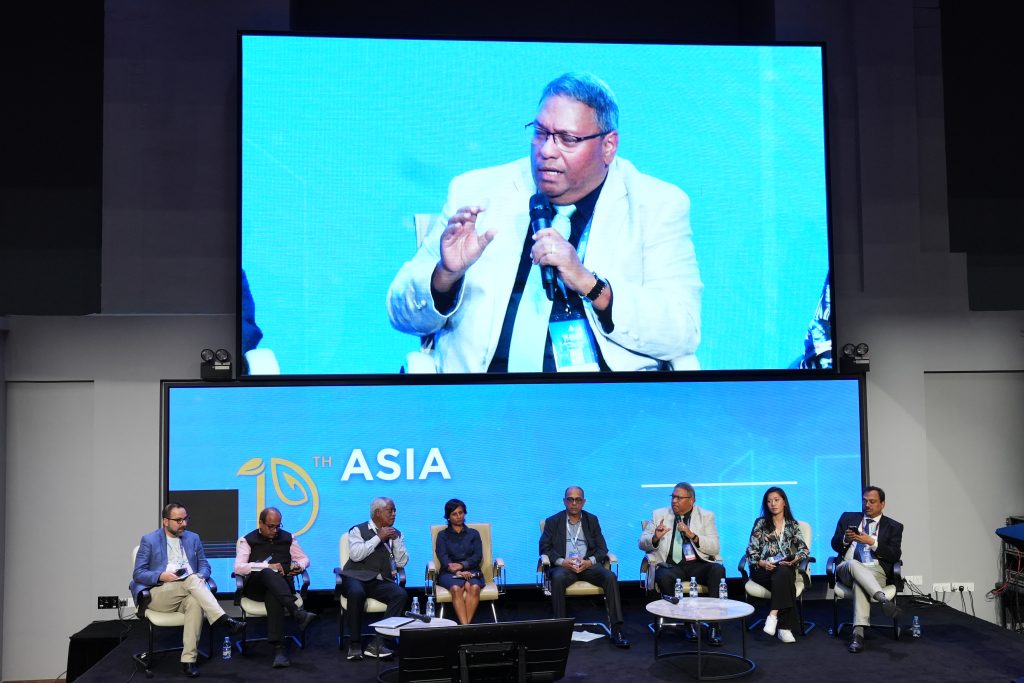
Mr. Francis Herman, CEO of Vanuatu Broadcasting and Television Corporation (VBTC), shared the challenges VBTC faced during the COVID-19 lockdown. Herman emphasized the importance of maintaining public trust and providing accurate information. His team of 15 stayed locked in at the station for four months, using virtual tools to ensure continuous broadcasting. Despite logistical challenges such as unreliable network coverage and transportation, VBTC successfully adapted and provided essential information to the community.
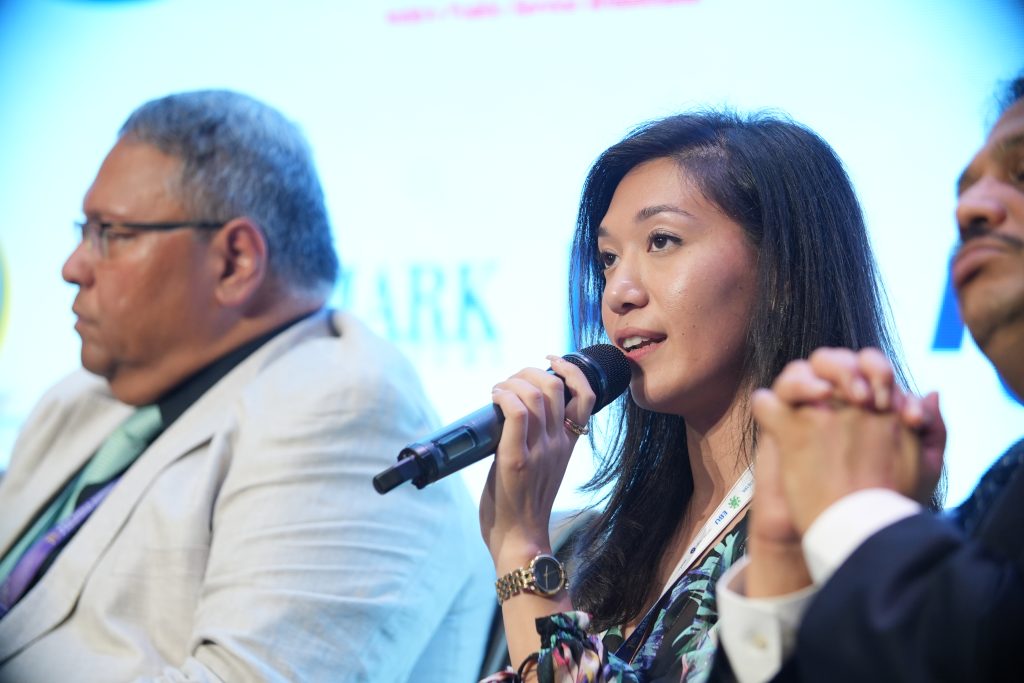
Ms. Ayeesha Joshi, from the Association of Community Radio Broadcasters in Nepal (ACORAB), discussed the critical role of community radios in disaster preparedness and resilience. She shared their swift response to the 2023 earthquake, where community radios countered misinformation and provided essential information. Ms. Joshi outlined challenges such as limited resources and regulatory barriers, proposing strategies for resilience building through advocacy, partnerships, and leveraging digital technologies.
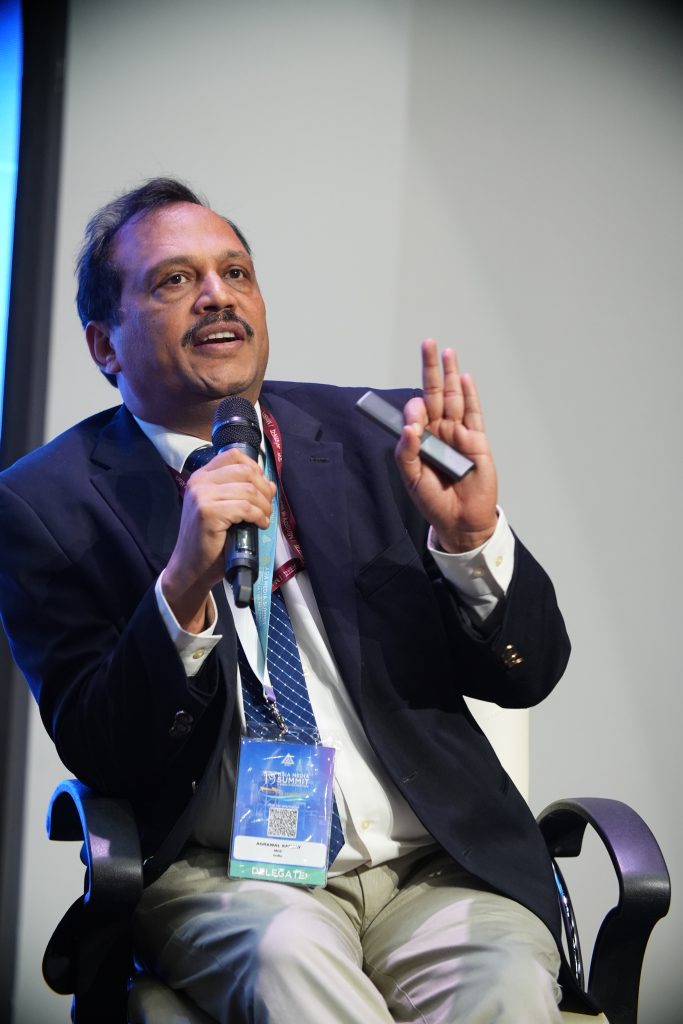
Lastly, Mr. Sanjay Agarwal, Deputy Director General for Disaster Management in India’s Ministry of Communications, highlighted the role of media in disaster management. Agarwal discussed the importance of disseminating crucial information during disasters and introduced the Common Alerting Protocol (CAP), an initiative for multi-channel disaster alerts. He also emphasized the need for maintaining communication during disasters and shared India’s readiness to support other nations in developing early warning systems.
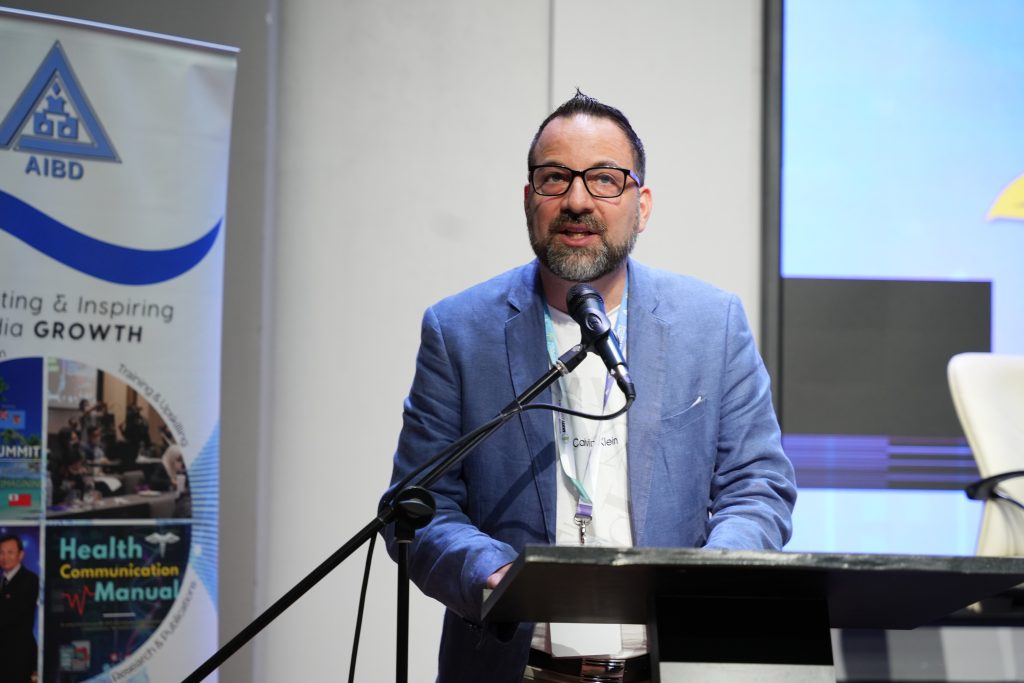
The session concluded with a panel discussion on collaborative strategies for strengthening global media resilience, emphasizing the importance of sustainable practices, infrastructure development, and mental health support for media workers.






